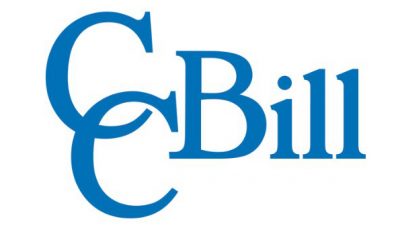NGINX Beats Apache, Windows Servers
 By Chris Kaehler
By Chris Kaehler
Special to YNOT
NGINX, an OS-independent web server that was developed in Russia, is becoming more and more popular among webmasters and online companies, persistently nibbling at the market share of old bull Apache. Sites like Facebook, Netflix, Golem, GitHub, Source-Forge, WordPress and many others already use this system.
In this article, I will show you which features won them over.
NGINX, the brain child of Igor Syseov, already is used in 45.5 percent of the top 10,000 websites. The system’s international market share skyrocketed from 9.63 percent in 2012 to 14.42 percent in March 2015, eating away at the shares of Apache and Microsoft.
So why is the system so popular? There are three primary reasons: the performance, the range of functions, and the fact that it’s free.
The performance, in particular, makes NGINX the new best friend of any webmaster. While Apache launches an entire work process for every request, NGINX merely calls up the requested event. Put differently: Apache goes through all the installed modules, no matter whether your request is for a PHP file, a thumbnail or a text file. Therefore, you may need 30MB RAM or more for each request. NGINX, on the other hand, calls up only what you wanted it to call up, and even with 10,000 simultaneous HTTP requests, you utilize no more than 2.5MB RAM. Not only does the system go easy on your resources, saving you server costs, but it also allows pages to load much quicker, which obviously has a positive effect on the page speed and on the Google rating.
What’s more, NGINX offers indispensable features like load distribution, reverse proxying, FastCGI, direct access to the memcache, SSL and Flash video streaming. The system’s name- and IP-based virtual hosts probably will be of particular interest to webmasters and SEO experts. These hosts make it possible to create your own “virtual server” for every single domain — including its own IP. This can come in very handy if you want to create a network with different IPs without having to rent several servers. Also, you can wave goodbye to the .htaccess files Apache requires, because the commands are saved in the server’s config folder, meaning they are permanently in the cache. This creates another performance boost.
Let’s say you call up an image using the path /var/www/mysite/path/to/file/image.jpg. While Apache checks every folder for .htaccess files, NGINX leads directly to the image. Tests have shown NGINX can execute 10 times as many queries as Apache within the same period.
The PHP portals of sites like DatingPartner and CamPartner already are NGINX-compatible, and a corresponding readme is attached to each download.
To put it in a nutshell: NGINX offers nothing but advantages to webmasters and SEOists, and even big companies have already recognized the potential of the system. Lower server costs, better performance, effective use of hardware resources and the option to use several IPs — everybody switching to NGINX is bound to experience a big boost.
Chris Kaehler is the affiliate manager for TrafficPartner. He joined the parent company, Cyberservices B.V., in 2003. Since then, he has been responsible for many programs and projects such as SexMoney.com, DatingPartner.com, CamPartner.com and SMSDate.com. He also was tasked with editorial responsibilities for WebmasterChannel.com and AWMPro.com. His professional core interests are affiliate marketing and SEO.













